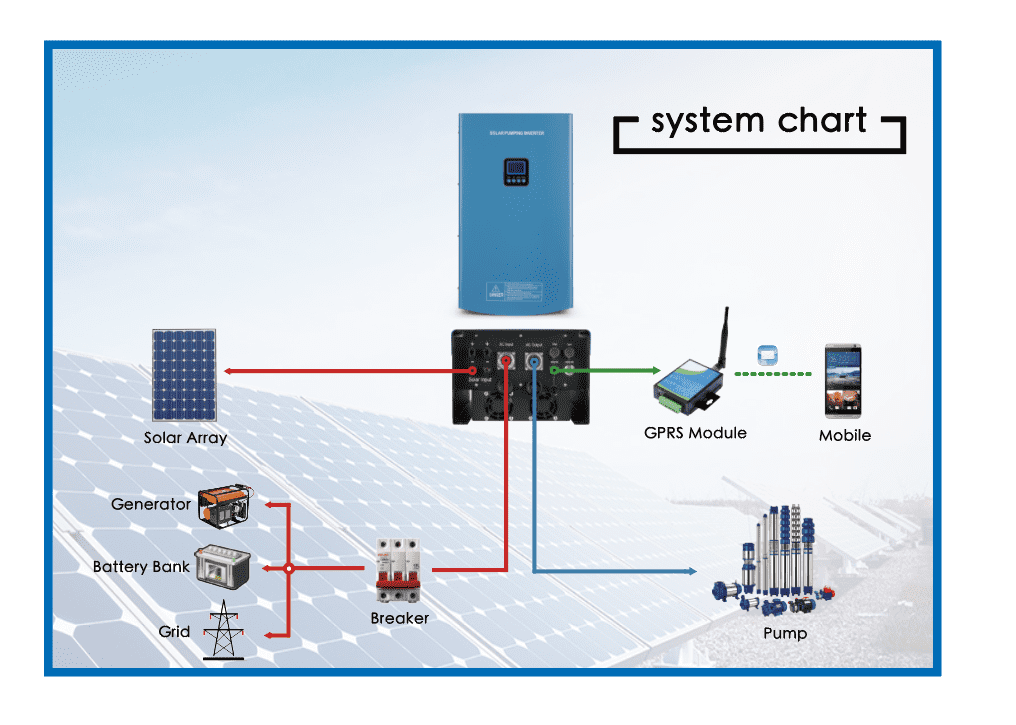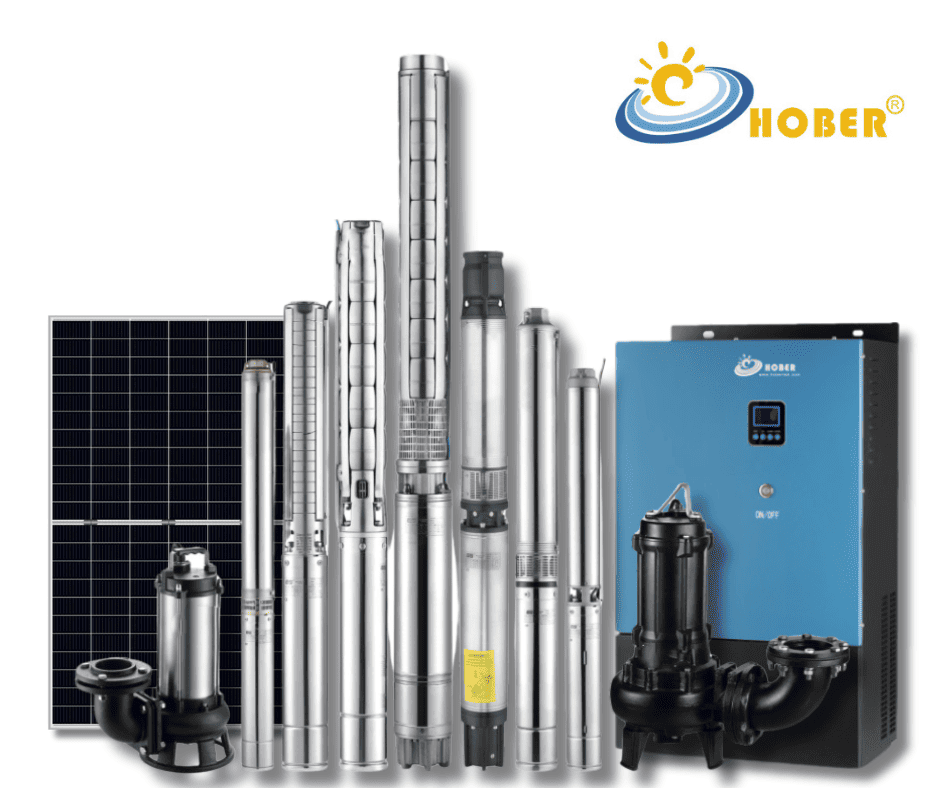Introduction
The question of whether to add batteries to a solar pump system is a nuanced one. While it’s possible, it’s not always recommended. In many cases, water storage is a more efficient and cost-effective solution compared to battery storage. This article delves into the intricacies of solar pumps and battery backup systems, offering insights for making informed decisions.
1. Understanding Types of Solar Pumps
To make an educated decision about adding a battery backup, it’s crucial to first understand the different types of solar pumps.
- Solar DC Pump Concept: These pumps operate on direct current and are typically used in smaller applications. They are known for their simplicity and efficiency.
- Solar AC Pump Concept: AC solar pumps are used for larger-scale operations like extensive irrigation or large water supply systems. They operate on alternating current and are generally more powerful.
2. Solar DC Pumps and Battery Installation
For solar DC pumps, installing a battery backup can be a viable option, especially in certain situations:
- Remote Locations: In areas without a reliable backup power source, batteries ensure continuous operation.
- Direct Current System: DC pumps can’t connect to grid power without an adapter, making batteries a practical solution.
- Low Voltage Operation: Operating on lower voltages (12V, 24V, 48V, 96V, 110V), these pumps require fewer batteries, reducing costs and complexity.
- Cost-Effectiveness: Overall, the system’s expenses are not excessively high, making battery backup a feasible option for DC pumps.

3. Solar AC Pumps and Battery Considerations
For solar AC pumps, battery installation is generally less advised due to several factors:
- Use in Large-Scale Operations: AC pumps are typically utilized in large water supply and irrigation systems.
- High Voltage and Battery Demand: Operating on higher voltages (220V, 380V), these pumps would require a significant number of batteries, which could be impractical considering the cost and lifespan of batteries.
- Water Storage vs. Battery Storage: Given the cost and maintenance considerations, storing water is often more efficient than storing energy.
- Hybrid Pump Inverters: These can automatically switch to grid power, offering an alternative to battery use.

4. Choosing the Right Battery for Solar Pumps
Battery Types
When integrating batteries into a solar pump system, the choice of battery type is crucial. The most common options include:
- Lead-Acid Batteries: Traditional and cost-effective, these are suitable for larger setups where weight and space are not major concerns.
- Lithium-Ion Batteries: Known for their long lifespan and efficiency, they are more expensive but offer greater energy density and a reduced footprint.
- Nickel-Cadmium: Although less common, these batteries are durable and perform well in extreme temperatures.
Factors to Consider
Key considerations for selecting batteries include:
- Compatibility with Voltage Requirements: The battery must match the pump’s operational voltage.
- Capacity: This should be sufficient to power the pump for the required duration, particularly during periods without sunlight.
- Life Cycle: A longer lifespan reduces replacement costs and maintenance.
- Environmental Conditions: Some batteries perform better in specific climatic conditions.
5. Determining the Required Number of Batteries
Calculating Battery Needs
To ascertain the number of batteries needed, consider:
- Pump’s Power Consumption: Measured in watts, this determines the energy requirement.
- Operational Hours: The total hours the pump needs to run on battery power.
- Backup Duration: The length of time the pump should operate solely on battery power, especially critical in areas with intermittent sunlight.
Formula for Estimation
An approximate formula for calculating battery needs is:
Number of Batteries = (Pump Power Consumption (W) x Operational Hours) / Battery Capacity (Wh)
6. Advancements in Battery Storage Technology
Current Trends
Technological advancements are continually shaping battery storage options, with trends including:
- Increased Energy Density: Newer batteries can store more energy in a smaller space, ideal for constrained sites.
- Longer Lifespans and Durability: Innovations are leading to batteries that last longer and withstand harsh conditions better.
- Sustainability: Focus on environmentally friendly batteries with lower toxicity and greater recyclability.
- Smart Battery Systems: Integration with IoT and smart systems for optimal energy management and monitoring.
Future Outlook
Emerging technologies, such as solid-state batteries and graphene-based batteries, promise even greater efficiency and capacity, potentially revolutionizing solar pump battery backups.
Conclusion
The decision to incorporate batteries into a solar pump system requires careful consideration of battery type, capacity, number, and the latest advancements in technology. By understanding these aspects, solar pump operators can optimize their systems for reliability, efficiency, and cost-effectiveness.

